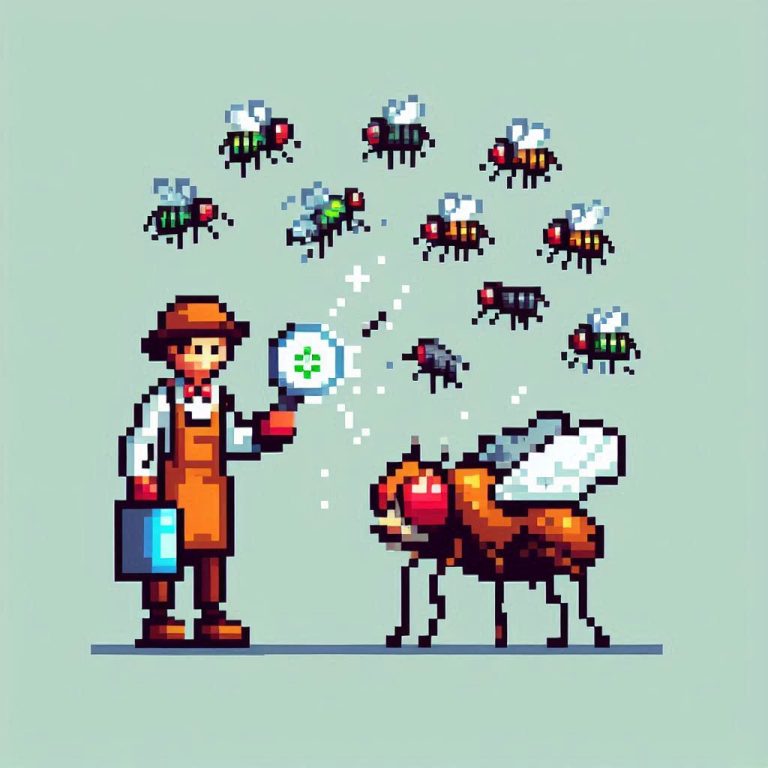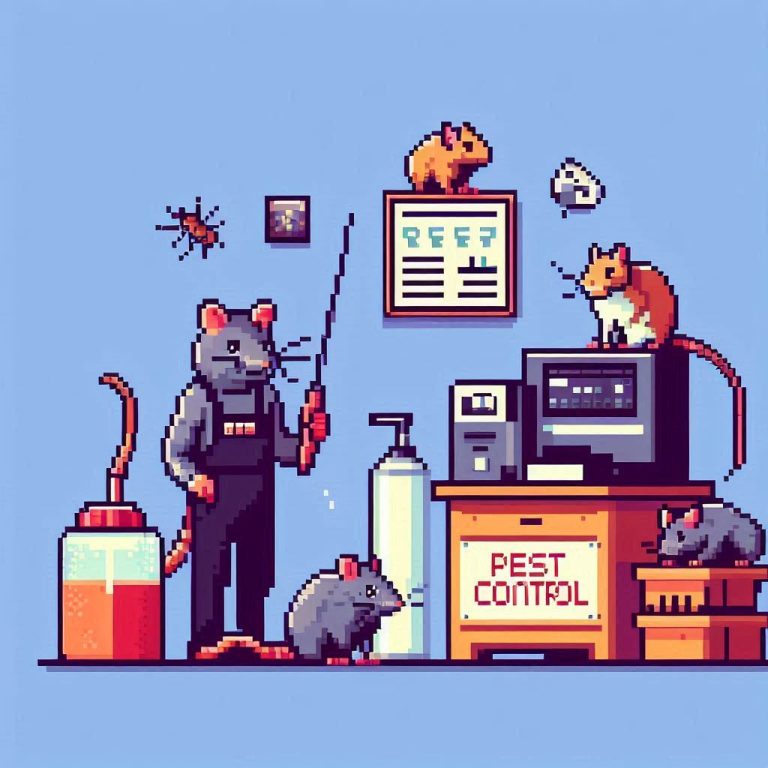Rat infestations present significant health risks and property damage concerns for homeowners and businesses alike. These intelligent rodents can spread diseases, contaminate food, damage structural elements, and create fire hazards by gnawing on electrical wiring. Fortunately, professional pest control services offer comprehensive, science-backed solutions that effectively eliminate existing rat populations while preventing future invasions.
The Professional Pest Control Advantage
Unlike DIY methods that often provide temporary relief, professional pest control services implement integrated pest management strategies that address both immediate problems and underlying causes. These multi-faceted approaches combine expert knowledge, specialized equipment, and tailored treatment plans to achieve lasting results.
The Systematic Approach to Rat Control
1. Thorough Property Assessment
Professional exterminators begin with a comprehensive inspection of the property, carefully examining:
- Interior and exterior areas for rat droppings, urine stains, and grease marks
- Gnaw marks on structures, wiring, and food packaging
- Burrows and nesting sites in walls, attics, and crawl spaces
- Entry points as small as a quarter-inch in diameter
- Potential food and water sources attracting rodents
This detailed assessment forms the foundation for a customized treatment plan that targets the specific rat species and infestation severity.
2. Strategic Exclusion Methods
Exclusion—sealing entry points—represents one of the most effective long-term rat control strategies. Professionals employ durable materials resistant to gnawing, including:
- Heavy-gauge metal mesh and hardware cloth
- Copper mesh (which rats avoid due to its taste)
- Steel wool combined with expanding foam for small gaps
- Door sweeps and weather stripping for threshold protection
- Specialized sealants for foundation cracks
By methodically sealing access points, professionals create a physical barrier that prevents rats from re-entering structures.
3. Advanced Trapping Techniques
Professional pest controllers utilize various trapping methods strategically placed along rat runways and activity areas:
- Snap Traps: Positioned perpendicular to walls with the trigger facing the wall for quick, humane elimination
- Multi-catch Live Traps: Allowing capture of multiple rats for relocation when humane removal is preferred
- Electronic Traps: Delivering a quick, lethal electric shock with reduced risk to non-target animals
- Smart Traps: Featuring remote monitoring capabilities to alert technicians when captures occur
These traps are placed strategically based on the assessment findings, with professionals using their expertise to determine optimal placement patterns.
4. Targeted Chemical Control
When necessary, professionals incorporate rodenticides into their treatment plans with several advantages over consumer applications:
- Access to professional-grade products not available to the general public
- Tamper-resistant bait stations that protect children, pets, and wildlife
- Strategic bait placement based on rat behavior patterns
- Rotation of different active ingredients to prevent bait shyness
- Careful monitoring to remove dead rats promptly, preventing odor issues
Modern rodenticides are designed to work with minimal secondary poisoning risks when properly applied by trained professionals.
5. Environmental Modifications
Beyond direct elimination methods, professionals address environmental factors that attract and support rat populations:
- Recommending proper food storage in rat-proof containers
- Advising on waste management improvements, including secure trash receptacles
- Suggesting vegetation management to eliminate ground cover near structures
- Implementing drainage improvements to reduce water sources
- Recommending structural repairs to eliminate harborage areas
These modifications create an environment less hospitable to rats, reducing the likelihood of reinfestation.
6. Follow-up Monitoring and Maintenance
Quality pest control services don’t simply treat and leave. They implement:
- Scheduled follow-up inspections to assess treatment effectiveness
- Adjustment of control methods based on ongoing findings
- Preventative maintenance programs that detect new activity early
- Regular monitoring of previously identified vulnerable areas
- Seasonal adjustments to control strategies as rat behavior changes
This commitment to ongoing monitoring ensures lasting results and early detection of any new activity.
The Value of Professional Expertise
Professional rat control services bring specialized knowledge that dramatically improves elimination success:
- Accurate identification of rat species (Norway rats vs. roof rats) to target specific behaviors
- Recognition of emerging resistance issues in local rat populations
- Understanding of seasonal behavior patterns affecting control strategies
- Knowledge of local building codes and regulations regarding pest control methods
- Awareness of environmental considerations specific to different property types
Conclusion
Professional pest control services offer the most effective solution for rat elimination through their systematic, comprehensive approach. By combining thorough inspection, exclusion techniques, strategic trapping, targeted chemical applications, environmental modifications, and ongoing monitoring, these specialists provide results that DIY methods simply cannot match.
For residents in Perth facing rat infestations, specialists like Bug Bane Pest Control offer comprehensive rodent management services tailored to local conditions and rat species. Their integrated approach ensures not just temporary relief, but sustainable, long-term protection from these destructive pests.
When facing a rat infestation, investing in professional pest control services provides peace of mind, protects property value, and safeguards the health of occupants—benefits that far outweigh the initial cost of treatment.






